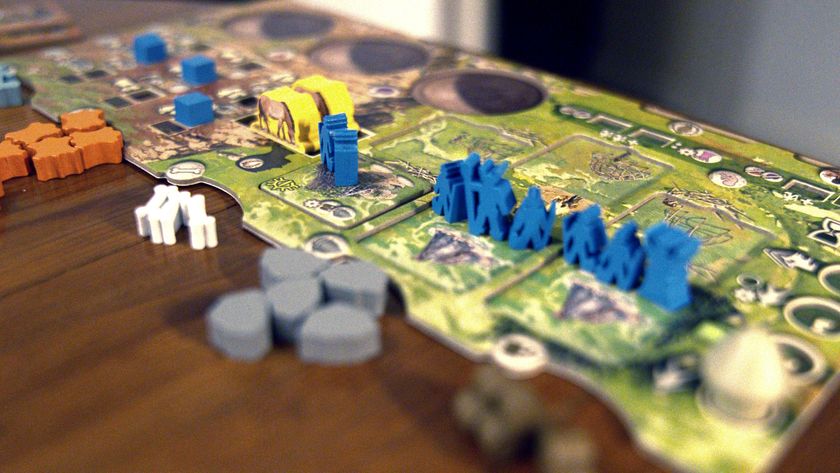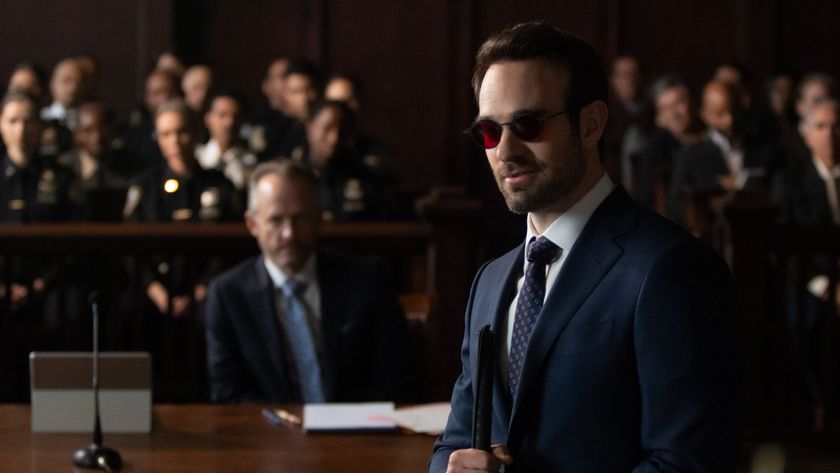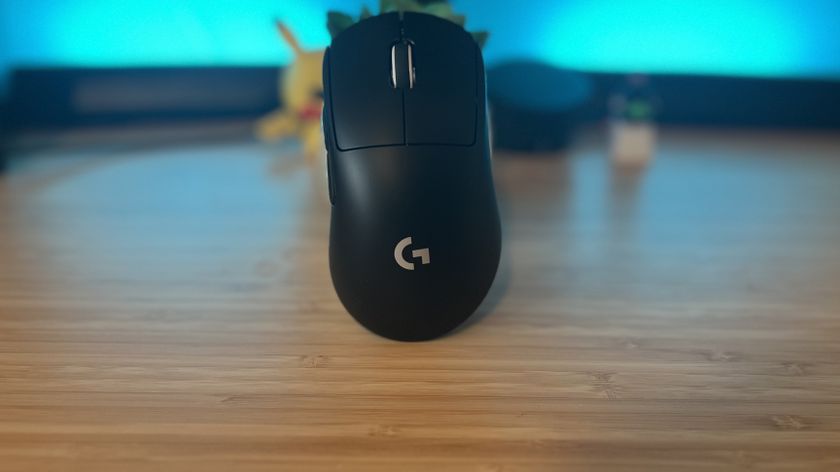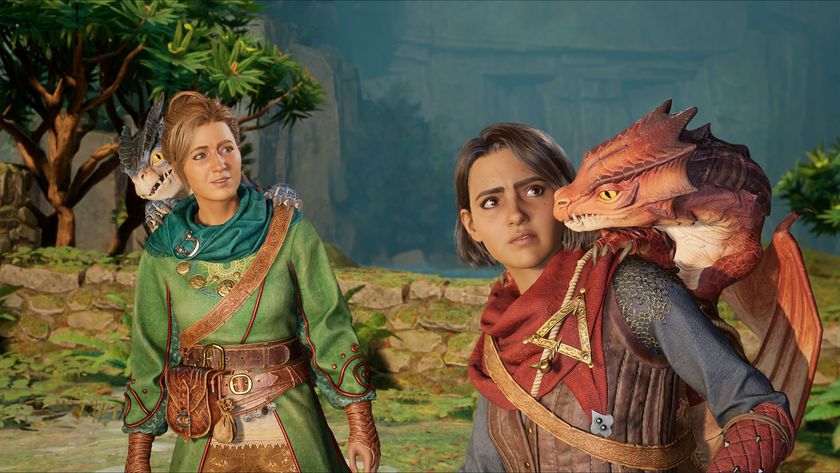12DOVE Verdict
Pros
- +
Gets the GoldenEye feel right
- +
Some great set pieces and stealthy action
- +
Multiplayer is a blast
Cons
- -
Not all of the game is imaginative
- -
Some wonky aiming issues
- -
Some weird difficulty spikes
Why you can trust 12DOVE
Living up to the impossibly rosy memories of fans of the contender for the N64’s best game is, well, probably impossible. Take note that this GoldenEye 007 is not an “HD” version of the original with Wii controls slapped on. It’s a retelling of the GoldenEye story, using the movie’s screenwriter to give it a proper 2010 contemporary vibe (Bond now has a smartphone) and tossing out the now embarrassingly crusty Pierce Brosnan in favor of perpetually pouty-mouthed and bat-eared Daniel Craig. Sorry, Daniel, we really do think you’re a supremely suave Bond.
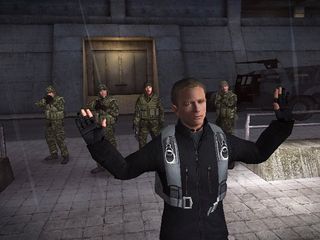
Above: More suave than us, that's for sure
The story hasn’t actually changed much, but the levels are basically all-new, with the odd homage to the original game thrown in. What also hasn’t changed, and what was absolutely crucial for the new development team to nail, is the feel of GoldenEye. The game feels like you’re playing the old-school classic, even when it’s doing things entirely differently. The weapons feel right, the music sounds right, and the look hits the right notes – and yes, we’ll trot out the old reliable phrase – it looks pretty slick for a Wii game, using rain and snow and shiny lights to occasionally trick the eyes into thinking this is true current-gen.
The game also incorporates the clever difficulty system established in the original: increased difficulty doesn’t just mean tougher and more numerous enemies – it means additional objectives to complete, which lead you into areas of levels you might otherwise ignore. With four difficulty levels changing up the way the game is played, there’s opportunity for significant replay value. You can even go to the ultimate retro approach with “007 Classic” which removes regenerating health.
The one gripe we have with the difficulty system is that it’s actually not obvious how it works – and this led to a bizarre situation for us. We began the story on Agent difficulty, which is one step up from the easy mode, so that we could experience the additional objectives. At the end of the first mission, the overview screen informed us we failed our secondary objective. Uh, what? We had no idea we were ignoring it during our progression – we followed the objective marker through the level, but apparently the secondary objectives are hidden. Weird, but not a huge deal. Yet the game allowed us to save and continue to the next mission. Again, strange. And then, about halfway through the game, when we were wondering why the game seemed so easy and we still weren’t being asked to complete secondary objectives, we noticed that the difficulty was set on Operative (easy mode).
So we went back and confirmed that yes, if you fail any secondary objectives, the game will quietly let you continue, but only on super easy mode. There was, in fact, text at the bottom of the mission complete screen saying this, but we didn’t notice it – this is the kind of choice that absolutely demands an “are you sure?” popup window. We’ll admit we can be a bit obtuse sometimes, and perhaps most people won’t miss this detail, but we’re not entirely stupid and we did completely miss it. It's a strange case of having to read fine print within a game, which is something we've never really encountered before.
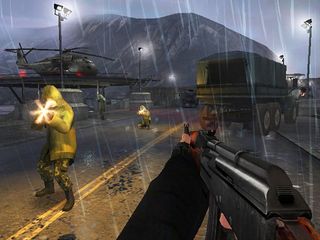
Above: We were wondering why we could absorb twenty bullets
Anyway, on to the gameplay: the first mission announces itself smartly, beginning with some classic Bond stealth play and then ramping things up with a scripted, exciting truck chase. Explosions, truck collisions, and guys getting smacked off car doors all happen in rapid succession. Then, the game returns to sneaky stuff. This is the general flow of the action: sneaky part, lout shoot-em-up part, and back again. It’s a good flow. The best parts of the game are on the extremes of this spectrum: the really sneaky parts, and the really action-heavy parts. The middle part of the spectrum, and the majority of the game, is a bit less interesting.
The complex, exciting set pieces like that first truck chase actually don’t happen that often. There is plenty of opportunity to be sneaky – except it often doesn’t work, and for the wrong reasons. A big aspect that staying stealthy is dependent upon is accurate headshots with your trademark silenced P99. Except they don’t work half the time. We lost count of how many times we sneaked up on a guy, lined up the head shot, and then failed to kill the guy. We actually changed our tactics to assume our headshot wouldn’t kill the guy, and instead of pulling off cool one-shot kills, we just started plugging guys five times quickly to ensure they’d stay dead. The other problem with the stealth is that enemies sometimes detect you when there’s no way they should be able to see you – and then they shoot you through the cover they shouldn’t have seen you behind.
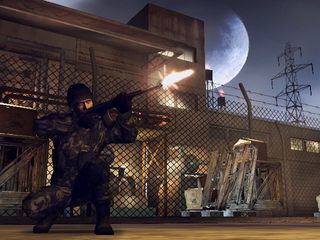
Above: The game looks good, but most of it is like this - generic guys shooting at you in generic "high tech" facilities
More info
| Genre | Shooter |
| Description | Was this re-imagining necessary? No, but it's still great. |
| Platform | "DS","Wii" |
| US censor rating | "Teen","Teen" |
| UK censor rating | "16+","16+" |
| Release date | 1 January 1970 (US), 1 January 1970 (UK) |
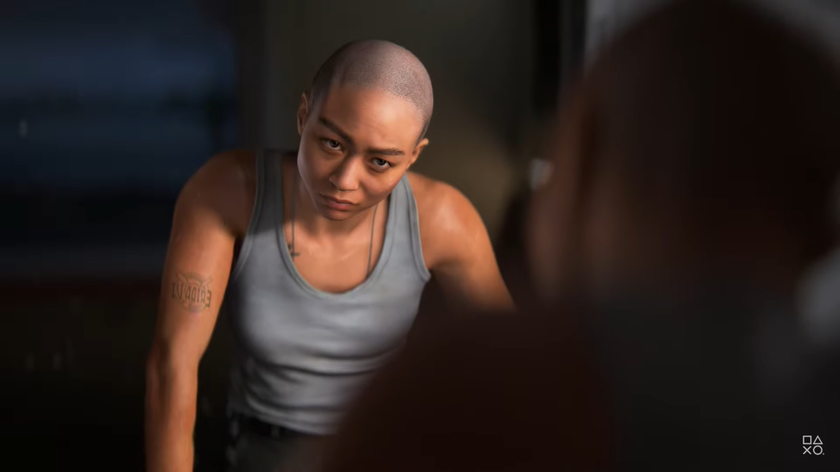

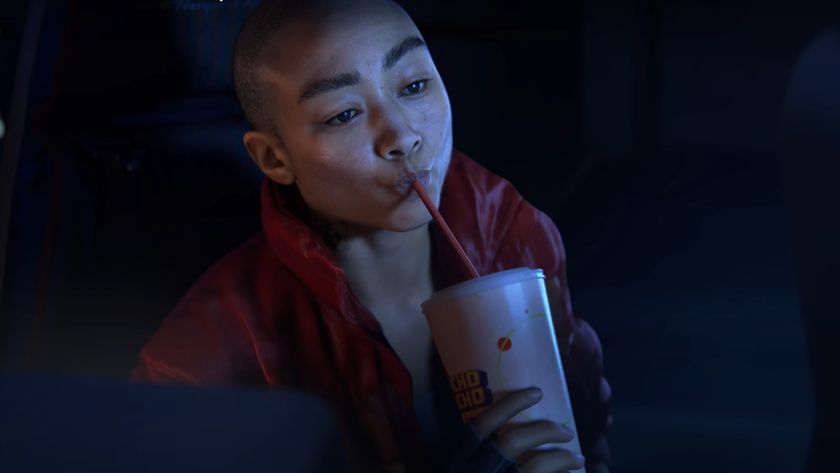

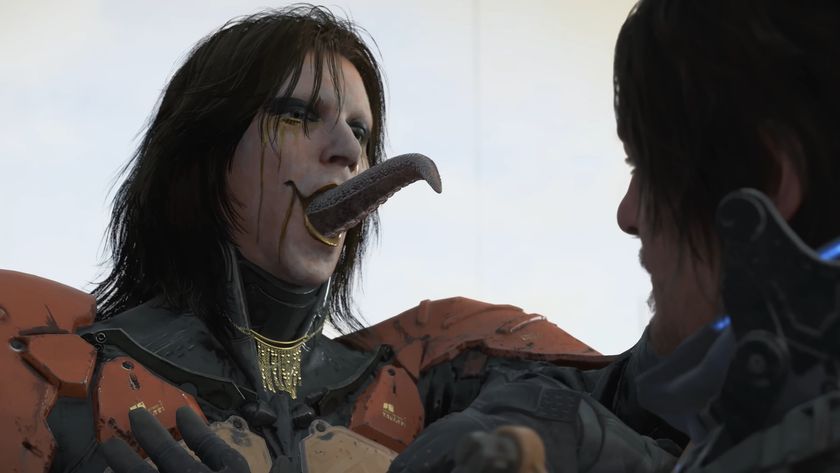
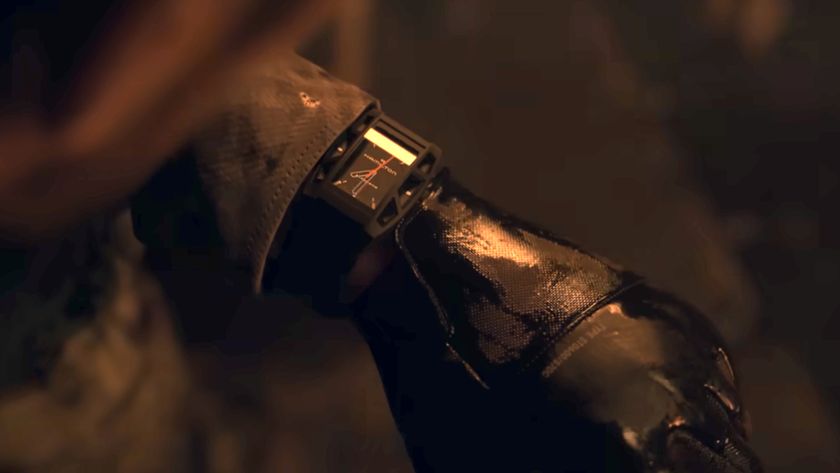
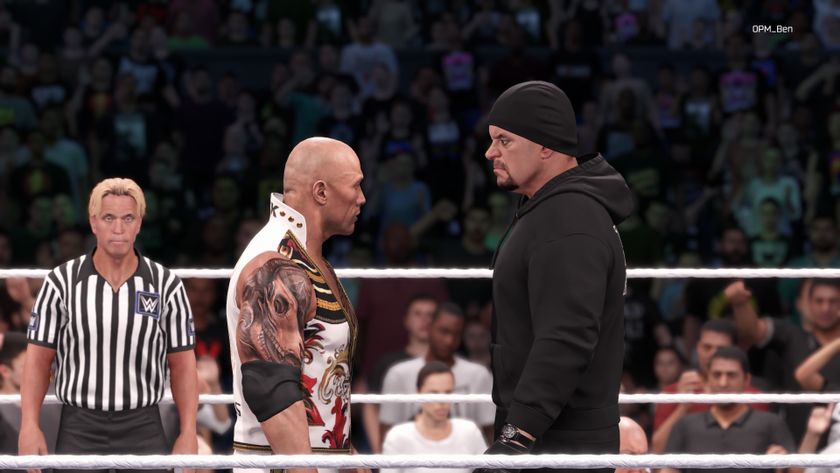
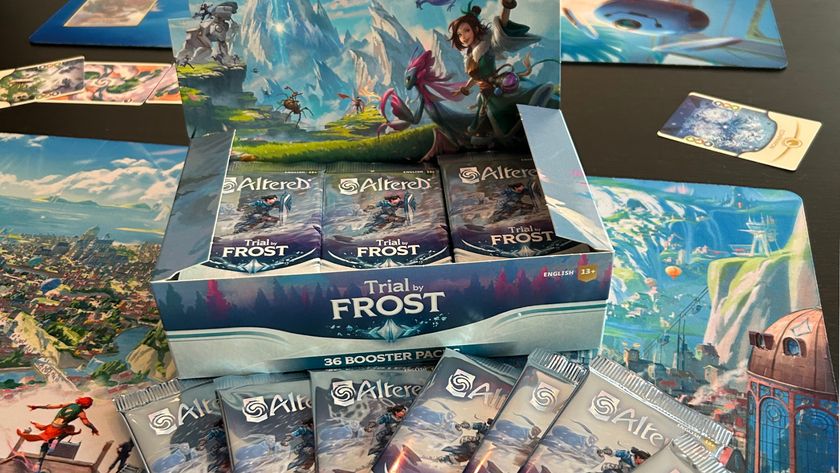
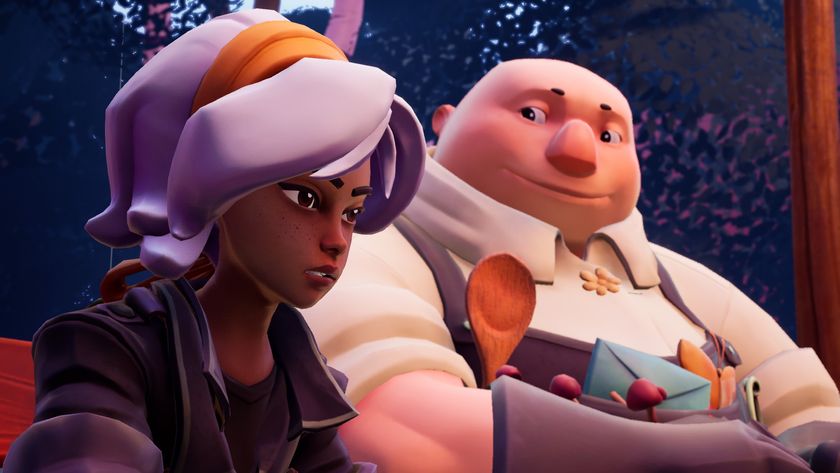

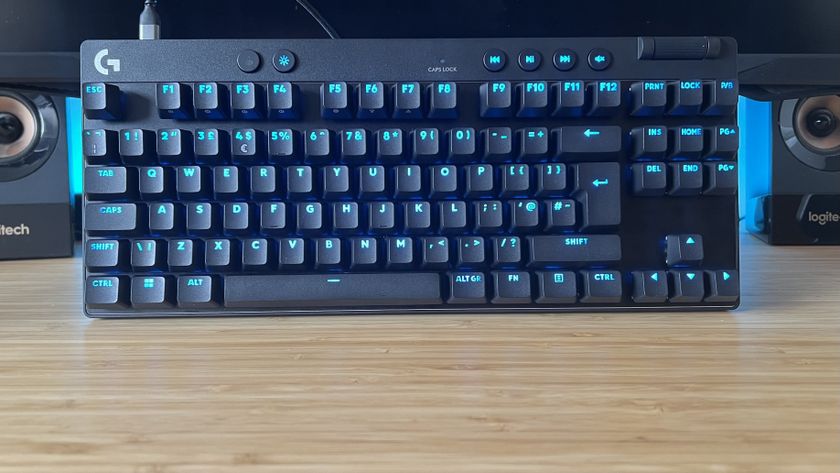
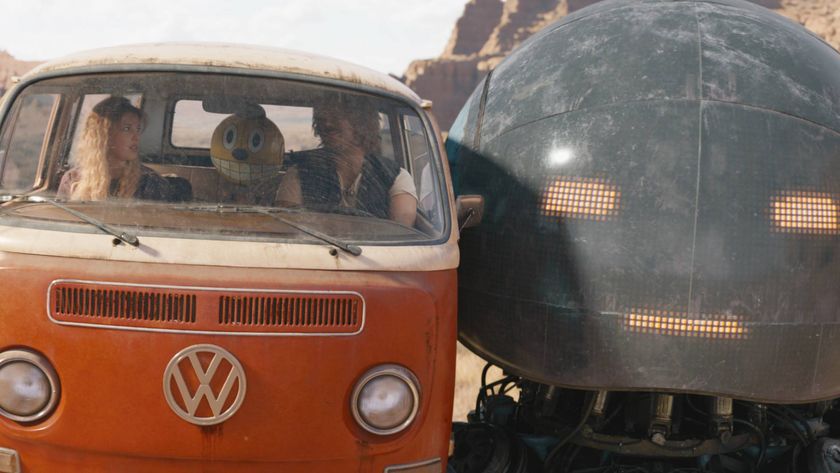

5 years after starting development, Neil Druckmann says Naughty Dog's new game Intergalactic: The Heretic Prophet is "still evolving and changing as we're making it"

After 2 years of silence, the next mainline Silent Hill game is getting a dedicated stream this week with "the latest news"
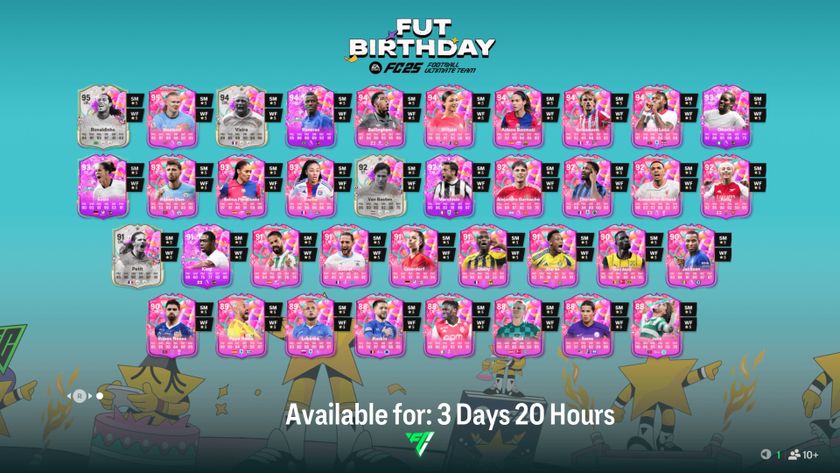
FC 25 FUT Birthday guide and full cards list


